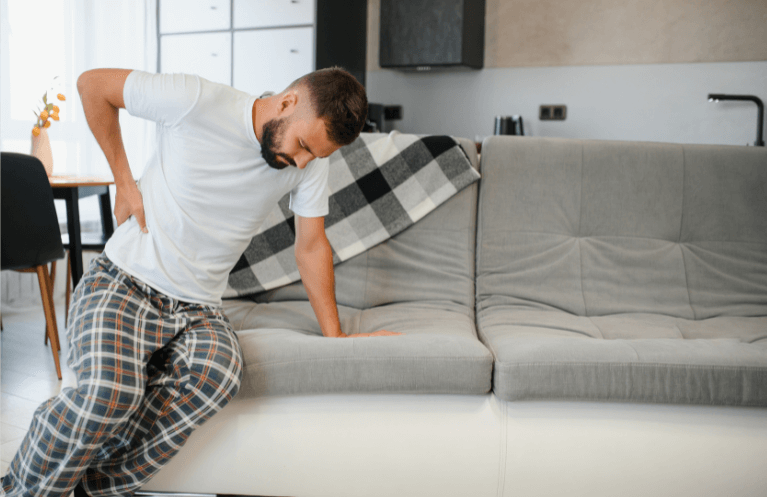If you’re an athlete at any level of training or competition, you’re already familiar with the cycle of preparation, participation and recovery that seems to accompany just about any strenuous activity. First, you must prepare your muscles and connective tissues to do their job optimally well. You must then get them into their loosest, easiest form for the event itself. Finally, you must tend to the inevitable damage and soreness following your event. That’s why you should call our physical therapy center today to ask our physical therapists about therapeutic massage. This natural complement to physical therapy can make all stages of training and recovery cycle much easier – even to the point of minimizing future sports injuries.
Sports Activities vs. Soft Tissues
Even the most spectacularly well-trained human body has its limits. Those limits are set, in part, by the soft tissues that mobilize your joints and give you the strength to perform specific tasks. Your muscles are made up of many small, thin fibers that contract on command, working together to mobilize entire large muscle groups. These muscles are attached to your bones by connective tissues called tendons, enabling them to actually move your body parts. Tougher bands of connective tissue called ligaments connect bones to other bones for added stability. These tissues (and other physical systems) are covered by yet another connective tissue called fascia.
Any and all of these soft tissues can be damaged by stresses, especially the extreme stresses placed on them by athletic activities. Micro-tears in the tendons can lead to painful inflammatory problems such as tennis or golfer’s elbow. Stretched ligaments leave you with debilitating sprains. Distortions or adhesions (areas of scar tissue) in the fascia can severely limit motion in other tissues. You may develop these problems, not only due to the intensity of the athletic event itself, but because your soft tissues were too tight beforehand.
Massage Before, After and Alongside Physical Therapy
Therapeutic massage can be an athlete’s best friend, both before and after training or competition. Our physical therapist might recommend different types of massage to accompany different forms (and intents) of your physical therapy program. For instance:
- Swedish massage may be indicated to relax tense muscles, increase the flow of blood to soothe pain, and boost fluid drainage for swelling reduction.
- Deep-tissue massage may be necessary to loosen muscles and connective tissues located near their corresponding bones.
- A technique called myofascial release can help free tissues trapped by fascial adhesions or distortions.
If you’re rehabilitating an injury, therapeutic massage for athletes can help your tissues heal, so you can get more out of your physical therapy regimen. But sports massage also conveys benefits before you ever set foot on the track, field or court. Sports massage therapy targets the specific tissues that see the hardest use in your particular sport, from the leg muscles in a runner to the rotator cuff in a pitcher’s throwing arm. By working on these tissues to relax, loosen and mobilize them before you play or train, our physical therapist can keep you limber, so you’ll be less prone to sprains, strains or ruptures when it’s time to perform.
Our Physical Therapist Can Prescribe the Perfect Massage Routine
Your soft tissues work hard for you – so give them what they need to optimize their health and function. Contact our physical therapy facility to ask our physical therapists whether therapeutic massage makes sense for you. You may end up feeling – and playing – a lot better!


